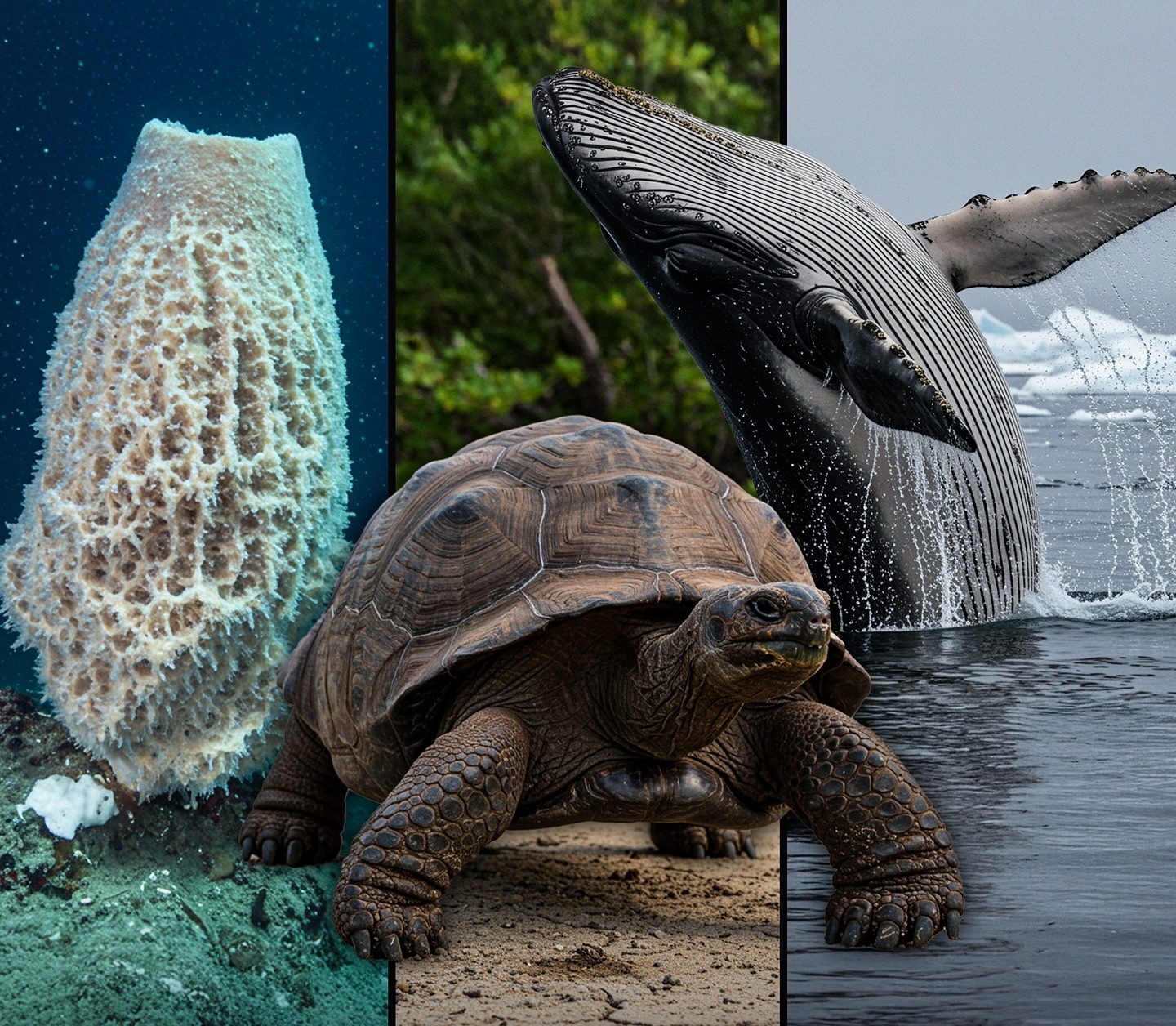Animals That Live Longer Than Humans
We often think of humans as the ultimate survivors — living longer than most mammals, aided by science, comfort, and innovation. But nature holds ancient secrets that humble our timelines. While we fight for decades, some creatures quietly drift through oceans, crawl across sands, or cling to rocks for centuries… even millennia. Their lives stretch so far back, they’ve seen entire civilizations rise and fall. And they do it without medicine, retirement plans, or bucket lists. These are the animals that don’t just survive — they outlast.
Rougheye Rockfish – 205 Years
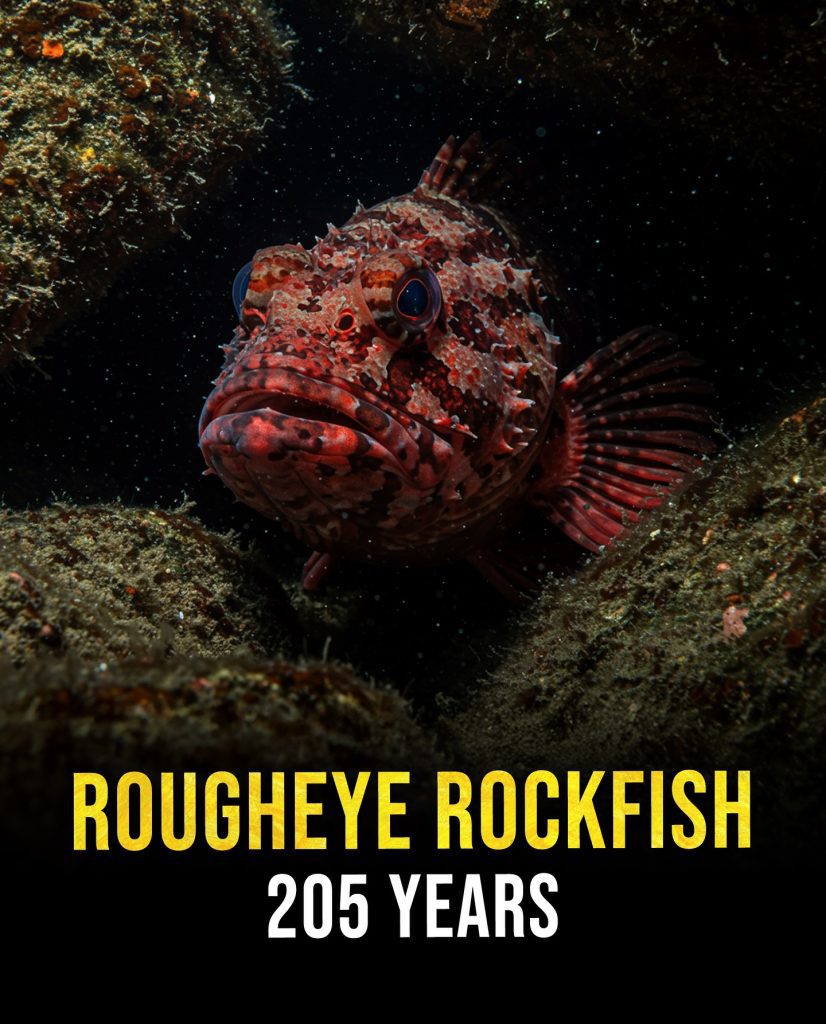
With its haunting stare and jagged features, the rougheye rockfish looks like a fossil with gills — and in many ways, it is. Living deep beneath the Pacific’s surface, this fish avoids predators and stress by doing what most centenarians have mastered: staying still, staying cold, and staying calm. Clocking in at over 200 years, its slow metabolism and icy habitat are part of the reason it can exist across multiple human generations. Where we burn bright and fast, the rockfish takes its sweet, deliberate time.
Bowhead Whale – 211 Years
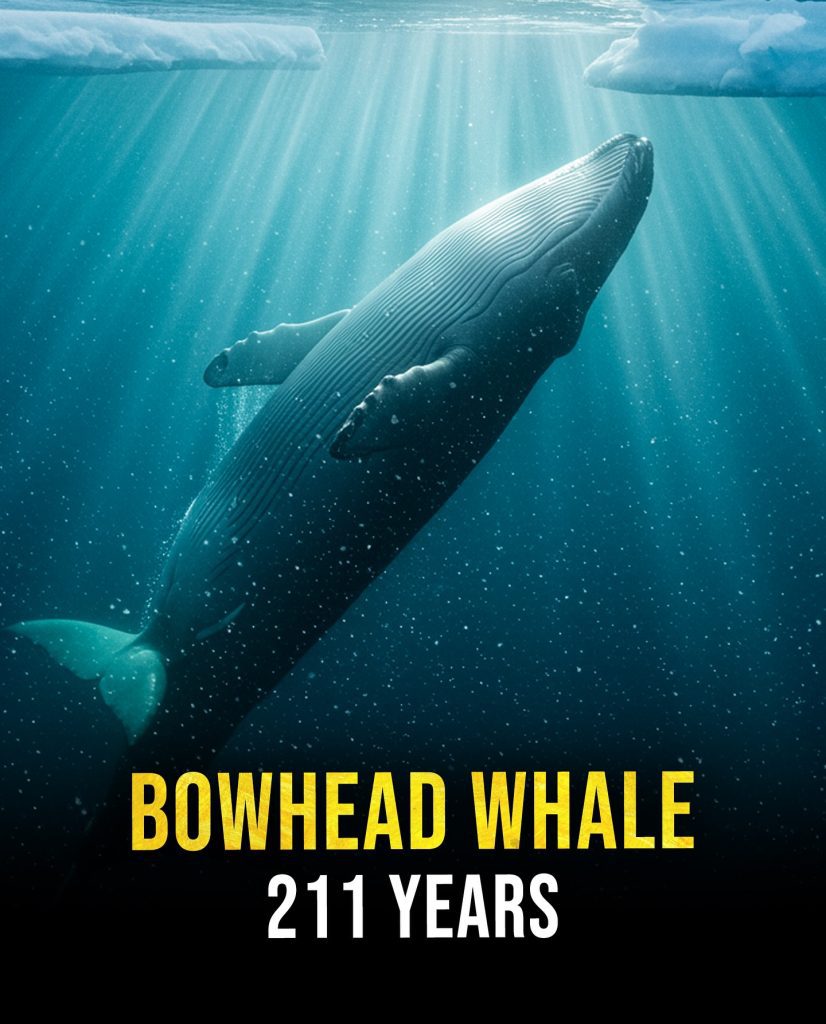
The bowhead whale doesn’t just sing songs beneath Arctic ice — it tells stories written in scars. Some of these whales still carry harpoons from the 1800s lodged in their thick blubber, proof of battles fought and survived centuries ago. These giants are quiet legends, swimming through sub-zero waters with calm confidence. Their long lives come from a blend of biology and environment: cold climates, slow reproduction, and perhaps something science still hasn’t quite figured out. But whatever the reason, the bowhead whale makes the idea of a 100-year human life feel… brief.
Scarlet Koi Fish – 226 Years
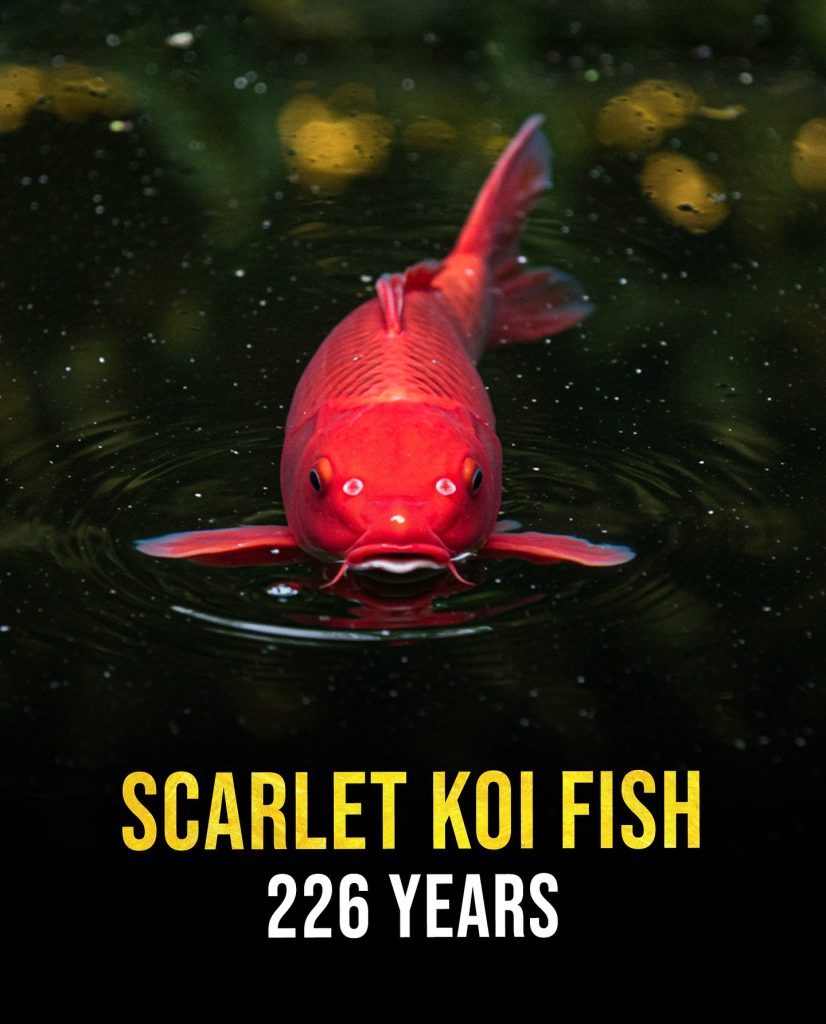
They say koi bring luck, but this one brought legacy. The oldest known koi, named Hanako, died in 1977 at the age of 226. Think about that — born before the American Revolution and lived through both World Wars. In Japan, koi are revered for their endurance and grace, and Hanako was the embodiment of that cultural reverence. Unlike fish bred for beauty alone, she was raised in pure mountain spring water and cared for across generations — not just a pet, but a family heirloom with scales.
Aldabra Giant Tortoise – 255 Years
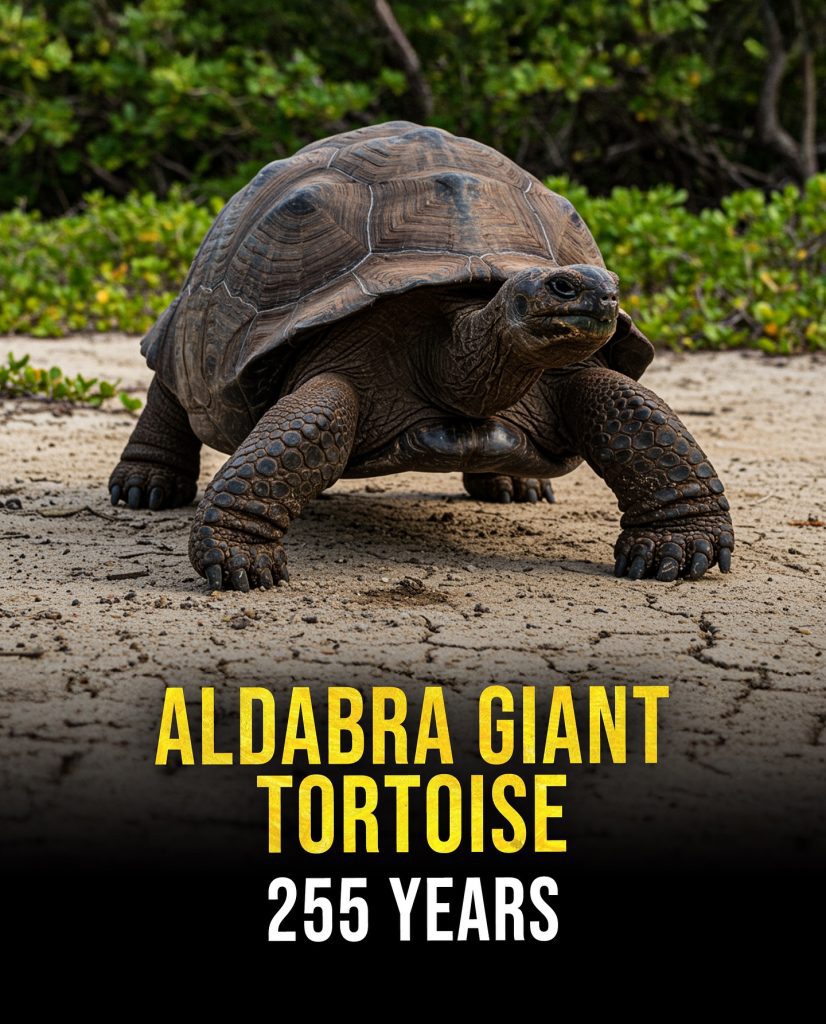
The Aldabra giant tortoise doesn’t rush through life — it cruises. Slowly. Thoughtfully. These majestic land-dwellers are one of Earth’s most iconic symbols of longevity. In fact, one individual named Adwaita reportedly lived over 250 years in captivity. Their secret? Simplicity. Eat greens. Bask in the sun. Avoid drama. And repeat… for two and a half centuries. In a world obsessed with hustle, the tortoise whispers a powerful truth: longevity often lies in slowing down.
Greenland Shark – 392 Years
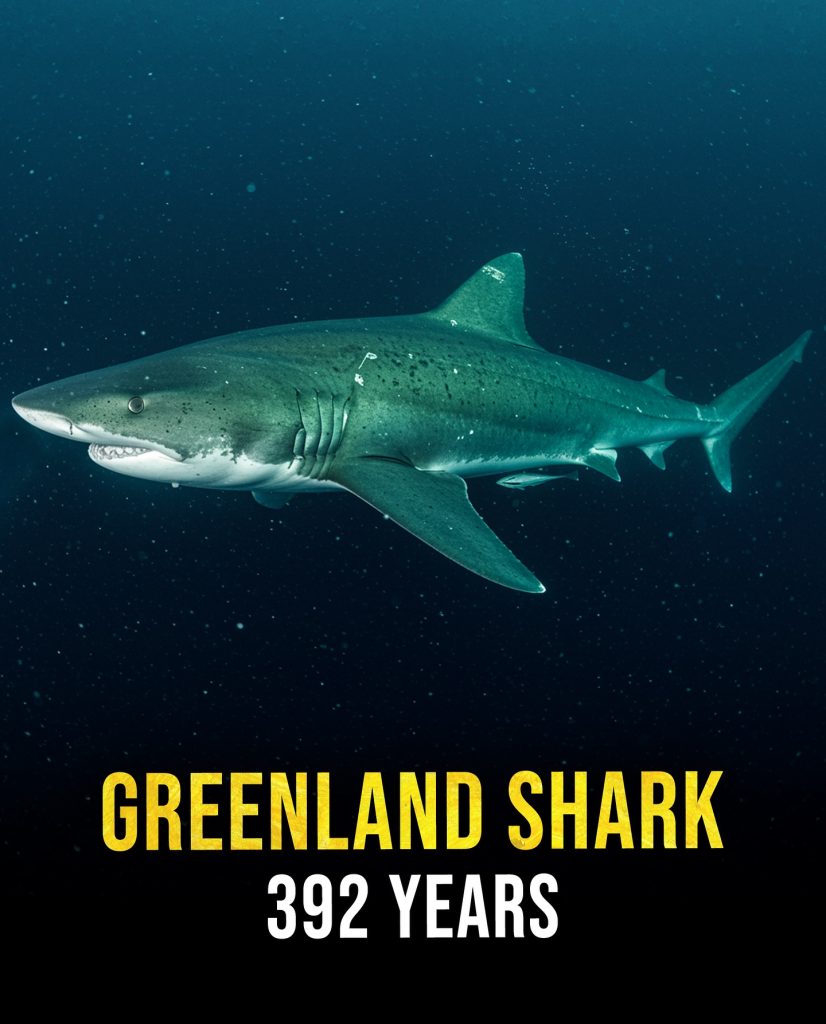
Some Greenland sharks alive today were swimming when Shakespeare’s plays were first performed. No, really. These ancient sharks are nature’s submarines — gliding slowly through the dark, icy waters of the North Atlantic, blind but aware. Their bodies age so slowly that they don’t even reach sexual maturity until about 150 years old. Think about that next time someone asks you to settle down. This shark is proof that you can take your time, live your life, and still make history — just at your own, glacial pace.
Black Coral – 4,265 Years
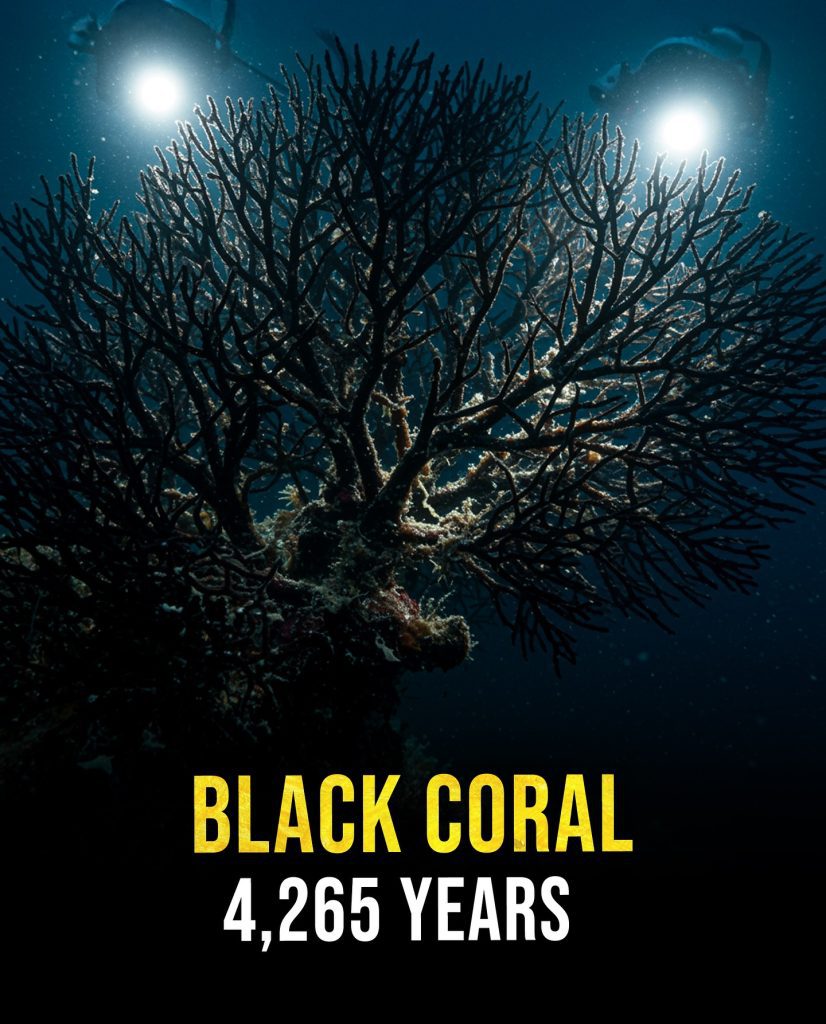
Unlike their colorful reef cousins, black corals grow in the quiet, deep sea — hidden from the sun but not from time. Scientists have dated colonies that are over 4,000 years old, meaning some of these structures were already ancient when the pyramids were still young. They don’t move. They don’t migrate. They just grow, molecule by molecule, into sprawling monuments of life. Their age isn’t just impressive — it’s poetic. Proof that not all life needs motion to make its mark.
Antarctic Volcano Sponge – 15,000 Years
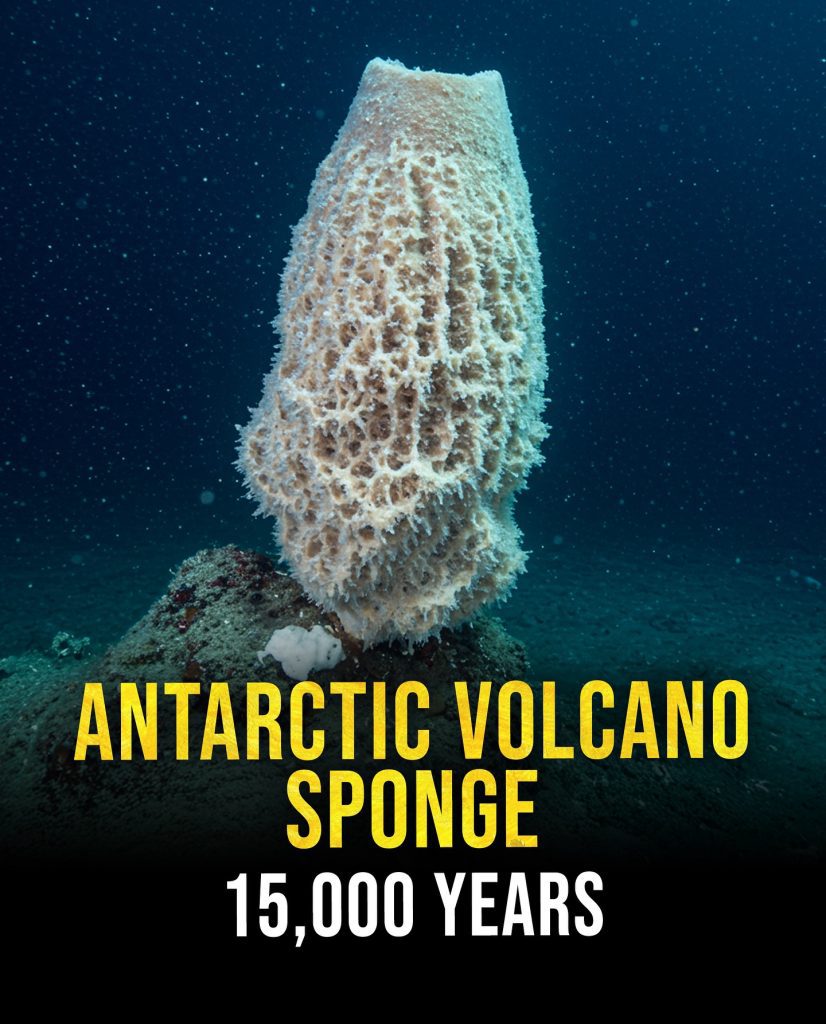
This isn’t just the oldest animal on the list — it may be the oldest individual life form on Earth. Sitting motionless in freezing Antarctic waters, the volcano sponge grows at a snail’s pace, adding mere millimeters every thousand years. And yet, over the course of 15,000 years, it survives — unbothered by empires, wars, or climate swings. It is more than a creature. It’s a witness to Earth’s story. Where humans live for moments, this sponge has endured across ice ages.

